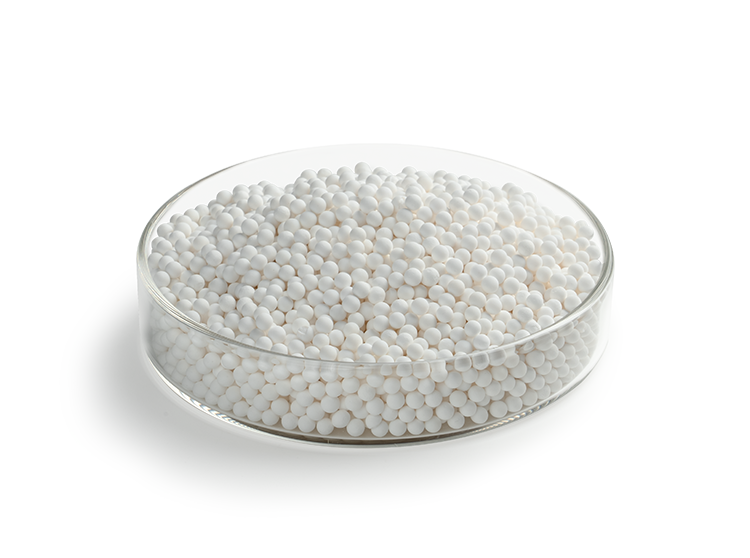Catalyst

Name:Hydrogen Peroxide to Propylene Oxide Catalyst/HPPO
The hydrogen peroxide to propylene oxide catalyst (abbreviated as “HPPO catalyst”) is used in the synthesis of propylene oxide via the propylene/hydrogen peroxide method (direct oxidation method). The HPPO catalyst is characterized by a high level of activity, long useful life, and excellent stability. Use of the propylene/hydrogen peroxide method to synthesize propylene oxide meets the requirements of green chemistry, and has the notable advantages of mild conditions and excellent safety. In particular, it is inherently clean, and is a truly green chemical process.
Currently, in the actual industrial production, propylene oxide is generally prepared using the chlorohydrin method, which produces large amounts of wastewater containing calcium chloride. In contrast, the HPPO process requires only mild reaction conditions (40–50°C), has a main byproduct of water, and offers a high atomic utilization rate. Thanks to the action of HPPO catalyst, the conversion rate of hydrogen peroxide and the selectivity of propylene oxide are both greater than 98%. This is a highly selective clean process that meets the requirements of green chemical production.
The HPPO catalyst has been successfully used on a trial basis in a customer’s 300,000-ton/year industrial unit, and its catalytic performance and useful life have both been superior to those of foreign catalysts. This catalyst will allow producers to escape foreign companies’ monopoly on the supply of titanium-silicon zeolites. It fills a domestic industrial gap, while also minimizing companies’ catalyst use costs.
Get Product Catalog, Service Introduction and Quotation
